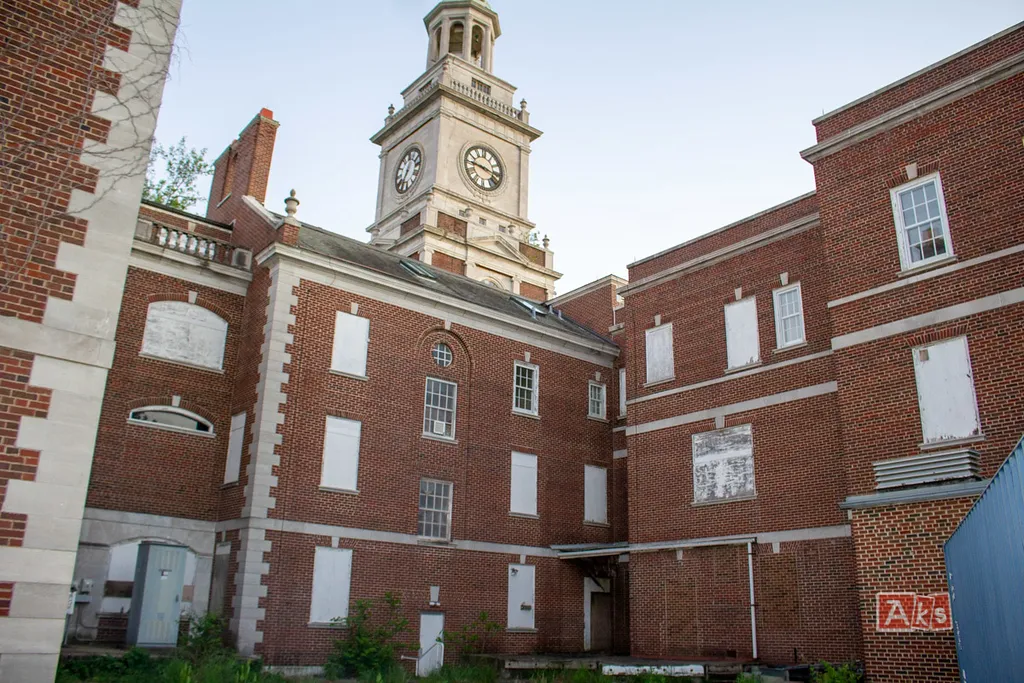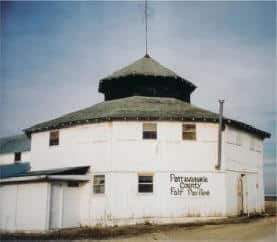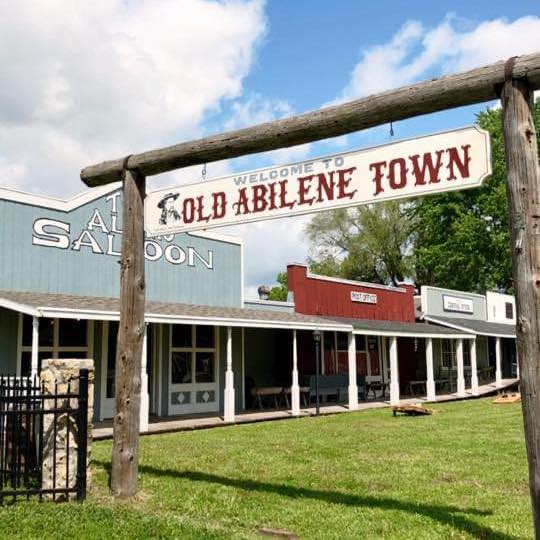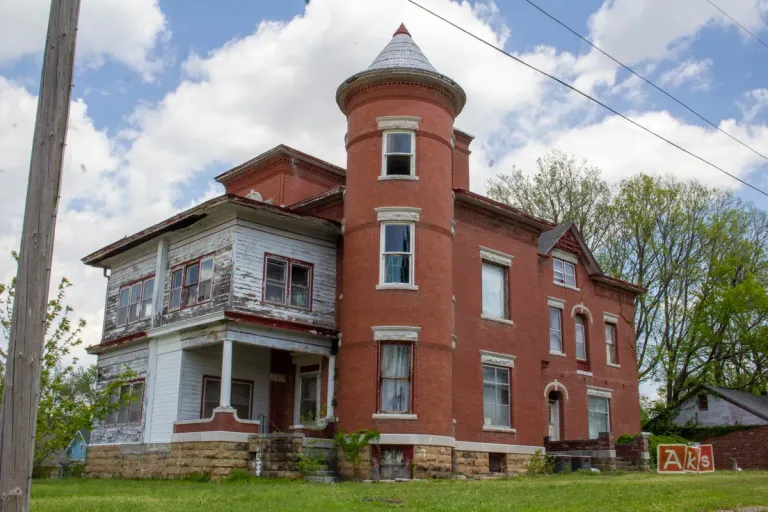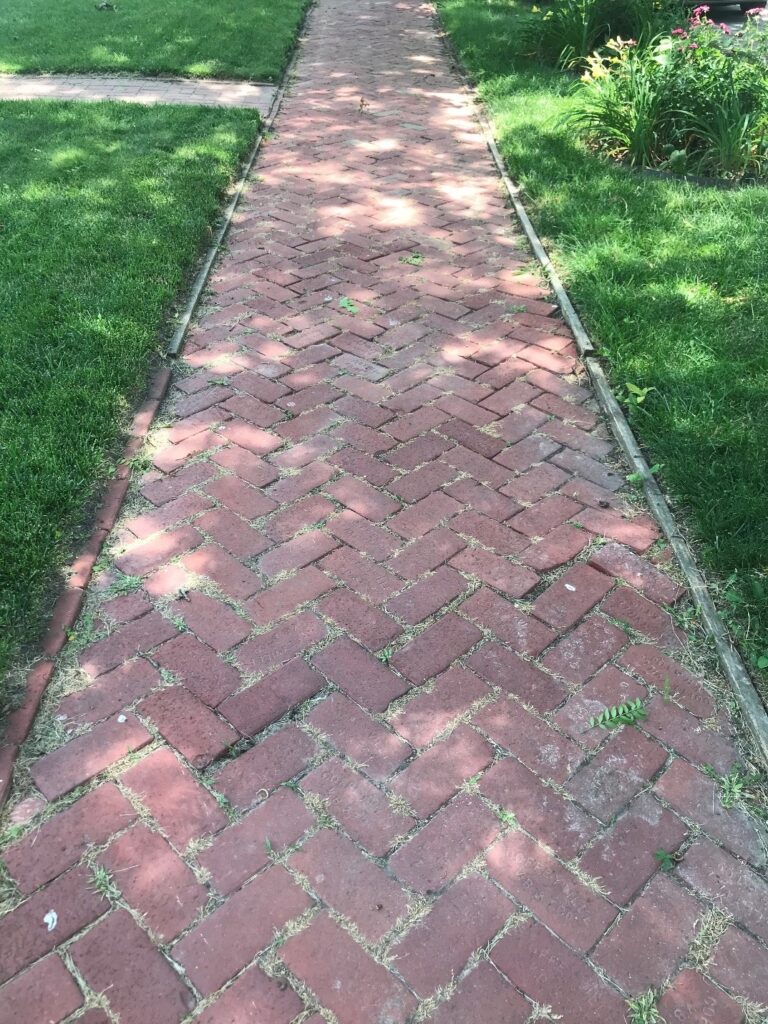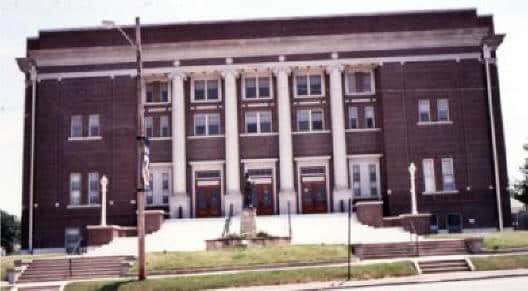Endangered: SBA/Menninger Tower Building
A landmark in the western Topeka skyline, the building was constructed in 1930 to house the Securities Benefit Association Hospital. The design of the building was inspired by Independence Hall in Philadelphia and represents collaboration between a Chicago firm, Schmidt, Garden and Martin and Topeka architect Walter E. Glover. In 1961, the Menninger Foundation purchased …
A landmark in the western Topeka skyline, the building was constructed in 1930 to house the Securities Benefit Association Hospital. The design of the building was inspired by Independence Hall in Philadelphia and represents collaboration between a Chicago firm, Schmidt, Garden and Martin and Topeka architect Walter E. Glover. In 1961, the Menninger Foundation purchased …
